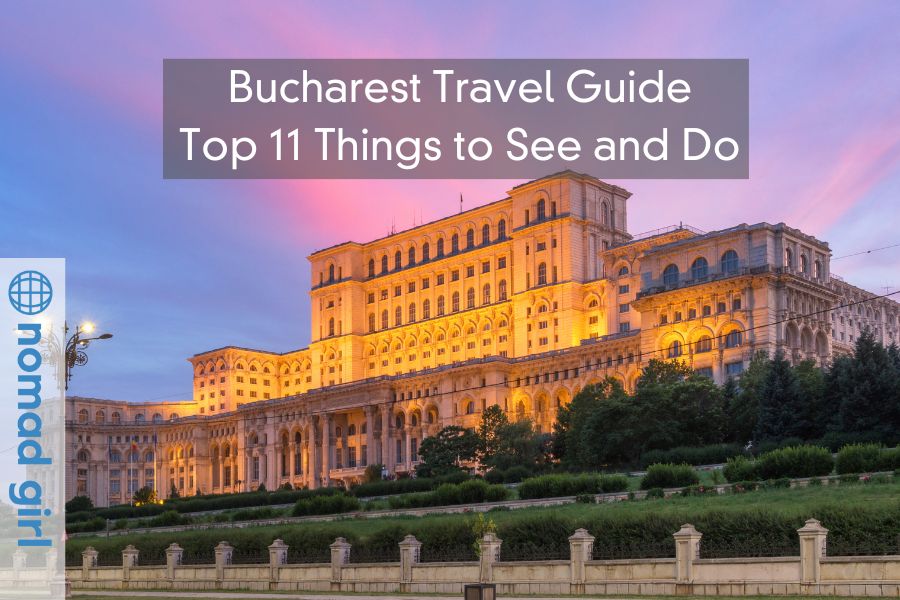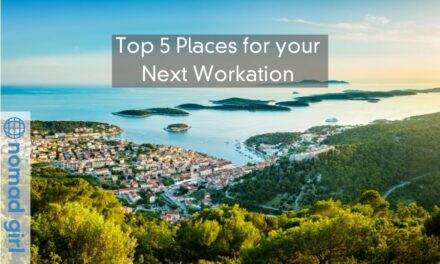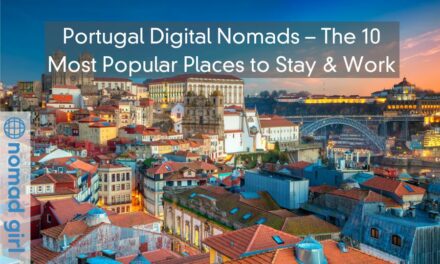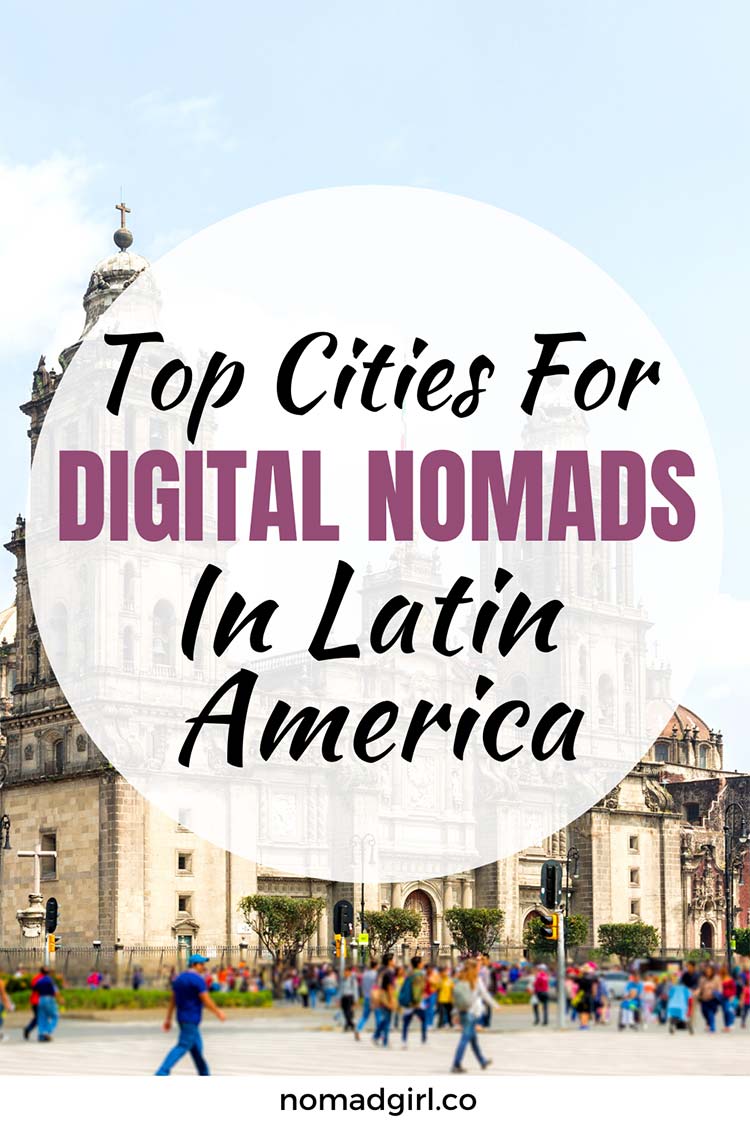Oozing with high culture and boasting French Art Nouveau architecture, Bucharest, the capital of Romania, was the Little Paris of the East in the 19th century. It all changed, however, in the 1940s when WWII bombings razed many of the city’s ornate buildings to the ground. And the ones still standing were left crumbling by one of the most notorious European Communist dictatorships.
But the city has changed in the past couple of decades. Though Bucharest lost much of its old architecture, it gained an arguably more curious mix of the old and new. Check out my Bucharest Travel Guide to help you navigate.
Traces of French influence are evident in the belle epoque villas lining the broad avenues of the city center. In contrast, the austere apartment blocks evoke hints of the Communist era.
Bucharest has so much to offer apart from its glorious architecture and rich history. It has gorgeous parks, fascinating museums, excellent restaurants, fancy malls, a vibrant nightlife and a thriving café culture. Above all, Bucharest is one of Europe‘s safest and most affordable cities, making it a fantastic digital nomad hub.
Is Bucharest on your travel bucket list? If so, discover the things to see and do in the city with this Bucharest travel guide.
1. Admire the Arcul de Triumf
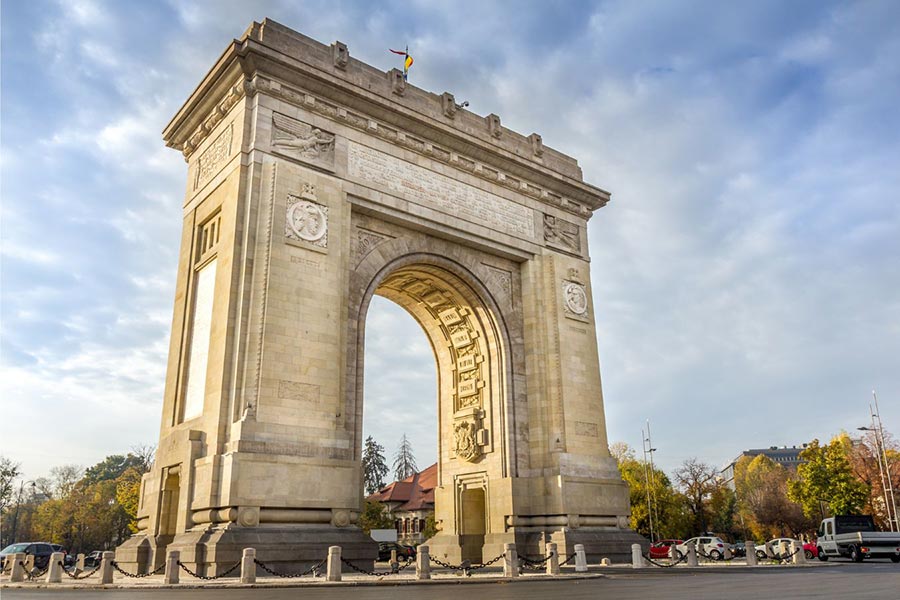
Modeled after France‘s Arc de Triomphe, the Arcul de Triumf is a monument built between 1921 to 1922 and unveiled in 1936. It commemorates the country’s victory in World War I and the coronation of King Ferdinand and his consort Marie.
On the same spot that the present-day arch stands once stood an earlier wooden version, put up hurriedly in 1878 to celebrate Romania’s independence from the Ottoman Empire.
Standing 89 feet tall, the stone arch features reliefs carved by Romanian sculptor Constantin Baraschi. However, the heavy traffic makes it difficult to get close to the monument. Still, you can admire the Arcul de Triumf from across the road.
2. Check out the Revolution Square
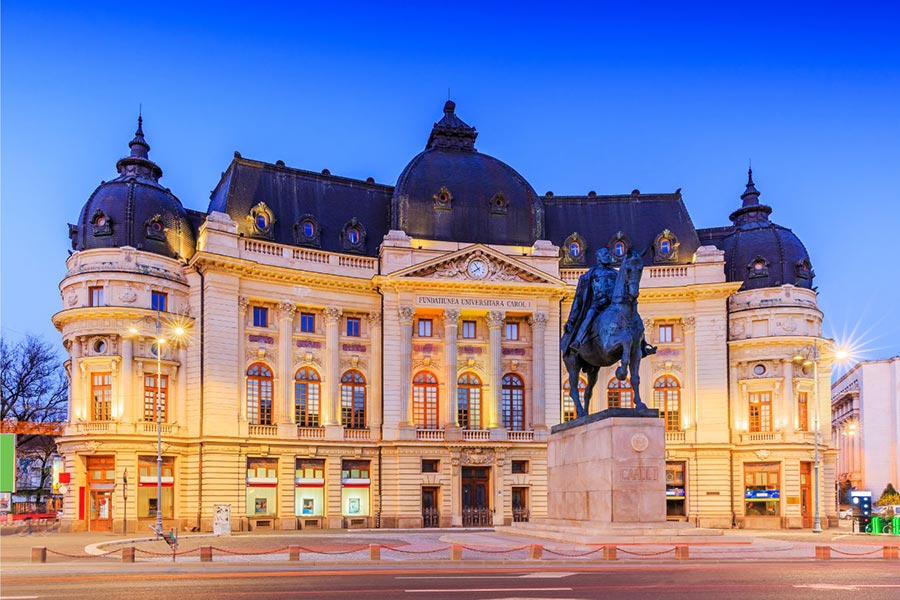
The Revolution Square lures visitors not for its beauty but for its deep history. Fringed by a cluster of impressive buildings, the plaza is where Romanians celebrate the nation’s independence from years of brutal Communist rule.
The square’s highlight is the 25-meter obelisk called the Memorial of Rebirth (or ‘the potato’ to the locals). It honors those who lost their lives to topple the dictator Nicolae Ceausescu. There is also a plaque inscribed with the names of the people who died during the revolution and a statue of communist opposition leader Iuliu Maniu who died in prison.
One notable building on the square is the Central Committee of the Romanian Communist Party, now the Senate Palace. It was from this building that Nicolae Ceausescu and his wife fled by helicopter at the onset of the revolution.
As you wander around, look for the Central University Library, damaged by bullets during the 1989 revolution but was later restored. Fronting the building is a statue of Charles I on a horse, a replica of the one destroyed by communists in 1948.
3. Discover Romanian Arts at the National Museum of Art of Romania
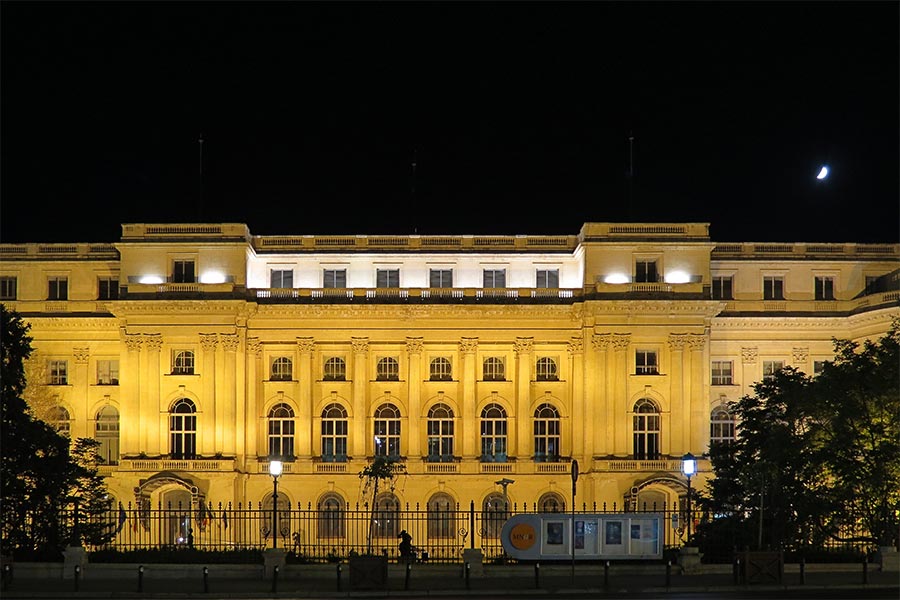
Located in the former Royal Palace, this massive museum consists of the Romanian National Art Gallery and the European Art Gallery. It is a treat not only to art lovers but also to budding historians and even architecture enthusiasts.
As you stroll down the hall of the National Art Gallery, you will see medieval Romanian pieces, some of which were rescued from monasteries destroyed during the Communist era. On the second floor is a collection of modern local art with sculptures and paintings by some of Romania’s top artists, including Constantin Brancusi, Nicolae Tonitza, and Gheorghe Petrascu.
The European Art Gallery houses around 12,000 pieces by big names such as Tintoretto, Claude Monet, Rembrandt, Jan van Eyck, Peter Paul Rubens, Alfred Sisley, and El Greco. You can’t miss some of the most celebrated works in the gallery, including Christ at the Column by Alonso Cano and Crucifixion by Antonello da Messina.
4. Explore the Romanian Athenaeum
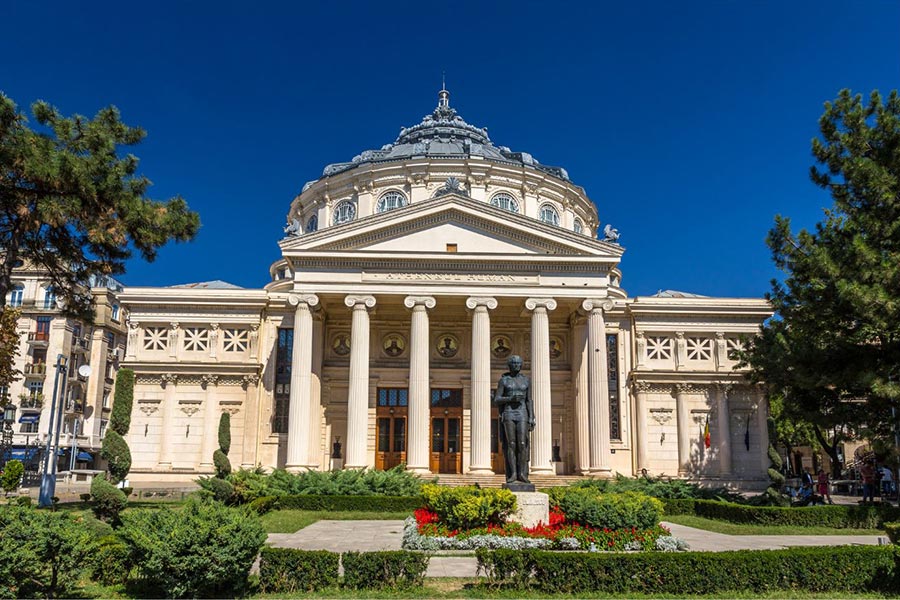
The Romanian Athenaeum is a domed, neoclassical concert hall regarded as the center of Romanian art and culture. Its design is evocative of ancient Greek temples, with Doric marble on the ground floor and a 600-seater auditorium that resembles Greek-Roman amphitheaters.
Painted on the walls of the grand hall are scenes of vital moments in Romanian history, from when Emperor Trajan conquered the land in 106 A.D. until the creation of Greater Romania in 1918.
Home to the George Enescu Philharmonic Orchestra, the Athenaeum is typically only open during a performance. But even when there’s no concert, you can still get inside the building to see the gorgeous interior design and frescos.
If you are in Bucharest in September, you can enjoy the George Enescu Festival, one of the most famous classical music events and competitions in Romania and Eastern Europe.
5. Indulge in Retail Therapy at Carturesti Carusel
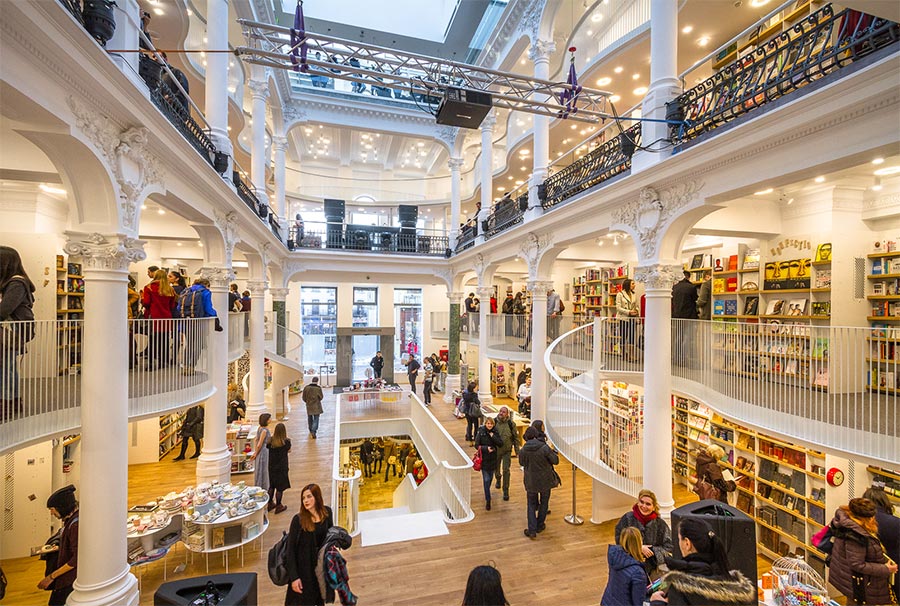
Love books? Then you will have a great time browsing through an extensive selection at the Carturesti Carusel. Situated in a restored 19th-century building in the heart of the city’s Old Town, this six-level bookstore is home to more than 10,000 books written in various languages.
You could easily lose track of time rummaging through the bookshelves, but the bookstore’s striking interior design is a scene stealer, too. With its giant columns, elaborate stuccos, curved balconies, spiral staircases, chic furniture, and cozy reading nooks, Carturesti Carusel is one of the most Instagrammable spots in the city. In fact, it first became world-famous through the platform.
Even if you’re not a bookworm, you’ll still enjoy going over the store’s collection of vinyl records, CDs, DVDs, toys, board games, wines, teas, and artsy souvenirs. If you want to take a break from strolling around the bookstore, head to the café on the top floor.
6. Learn History at the National Museum of Romanian History
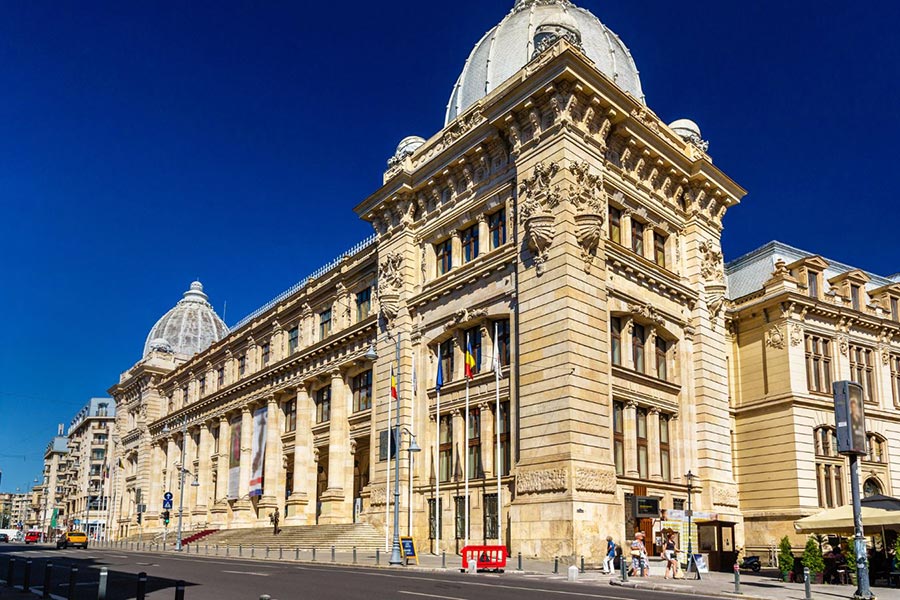
Housed in the elegant Post Office Palace, the National Museum of Romanian History takes you on a journey of the country’s rich past. The museum has three permanent exhibitions, the Historical Treasures, the Lapidarium, and a replica of Trajan’s Column.
At the Historical Treasury, discover over 3000 pieces of precious metals and stones belonging to peoples that occupied the Romanian lands from prehistory to the present. These include religious objects from different eras, gold and silver coins, ancient Dacian jewelry, and the Romanian Crown Jewels. The Lapidarium contains stone pieces of monuments from Antiquity to the Middle Ages.
The exhibit’s highlight is the life-size replica of the base of Trajan’s Column in Rome. Built in 113, it retells the wars between the Romans and the Dacians, the former inhabitants of ancient Romania.
7. Marvel at the Palace of the Parliament
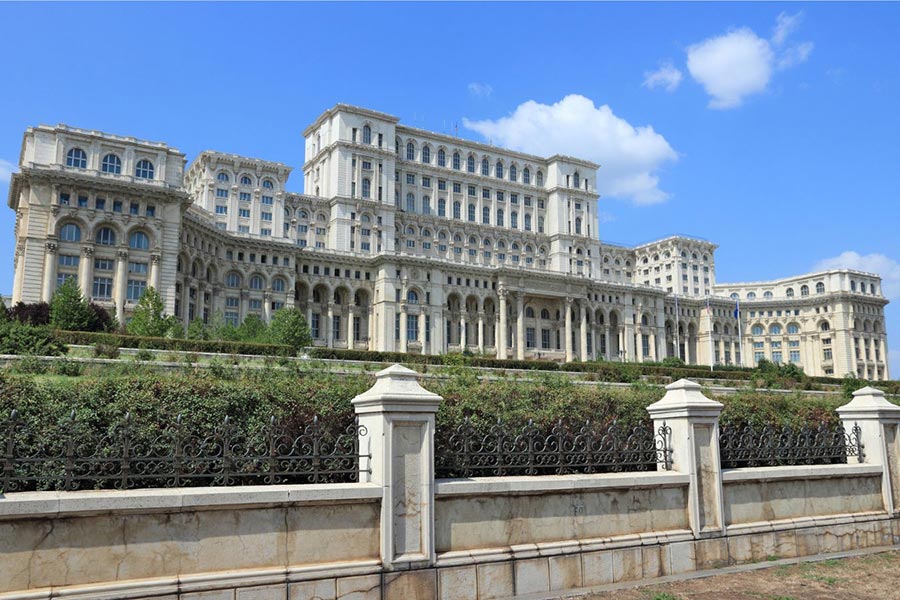
Admired and despised in equal measure, the Palace of the Parliament is Nicolae Ceauşescu’s most ambitious and infamous creation. It is the world’s heaviest building, weighing 9.04 billion pounds, and the second largest administrative office, after the Pentagon.
The building is of a stupefying scale. It spans 3,930,000 square feet with 1,100 rooms (of which only 400 are usable), 2,800 chandeliers, nine stories above ground and nine stories underground, including nuclear bunkers for thousands of people.
The Palace of the Parliament was Ceauşescu’s attempt to boast to the world about the wealth and prosperity of his regime. During its construction, however, Romanians suffered food shortages, gas cuts, and blackouts as billions of dollars went into the megaproject.
Construction of the palace began in 1984. At some point, over 25,000 people, including 5,000 soldiers and 700 architects, worked around the clock to complete the project. Despite this, the building remains unfinished.
Today, the Palace of the Parliament houses the Senate and the Chamber of Deputies. It also has a conference hall and three museums, the National Museum of Contemporary Art, the Museum of Communist Totalitarianism, and the Museum of the Palace. Still, about 70% of the building remains unoccupied.
8. Relax at the Herăstrău Park
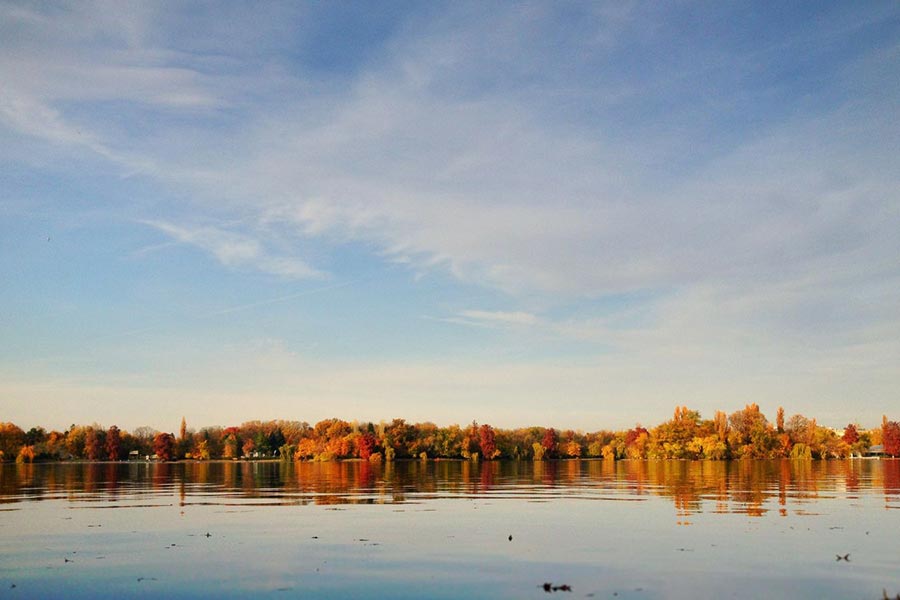
Spread across 187 hectares around a massive artificial lake, Herăstrău Park is one of the most scenic spots in Bucharest, loved by locals and tourists alike. It has plenty of tree-shaded walkways, ornamental gardens, fountains, picnic areas, ornate bridges, outdoor cafés, an aquarium, and a museum.
The 4.5-mile pathway looping around the lake is a favorite among joggers and bikers. If you want to see the park from the water, you can rent a rowboat or go on a relaxing ferry cruise. Alternatively, make a beeline for the Japanese Garden and stroll down its quiet trails lined with cherry blossoms and weeping acacias draped in silvery-blue foliage.
9. Stroll Through the Old Town
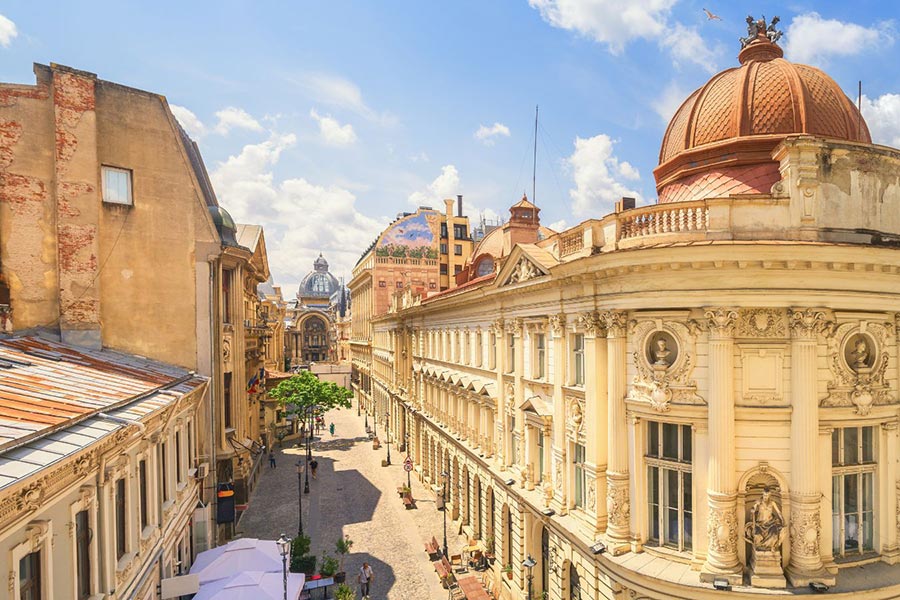
The atmospheric Old Town is more or less what’s left of pre-WWII and pre-Communist Bucharest. It may not be as glorious as it used to be, but it retains hints of what the city looked like during its Art Deco peak in the late 1800s.
Lipscani – narrow, cobbled, and flanked on both sides by old buildings (some crumbling, some restored) – is the most well-known street in the Old Town. After years of neglect, a series of renovations transformed it into a chic pedestrian zone with boutiques, bars, cafés, and restaurants. In the evening, the street buzzes with crowds looking for some nightlife.
If you have time to spare, head to the nearby ruins of the 15th-century Curtea Veche or Old Princely Court, believed to be the residence of Vlad III, also known as Dracula, whenever he is in the capital. While most of the area is inaccessible due to ongoing renovation, the imposing statue of Vlad the Impaler at the front makes a fascinating sight.
10. Visit the Stavropoleos Church
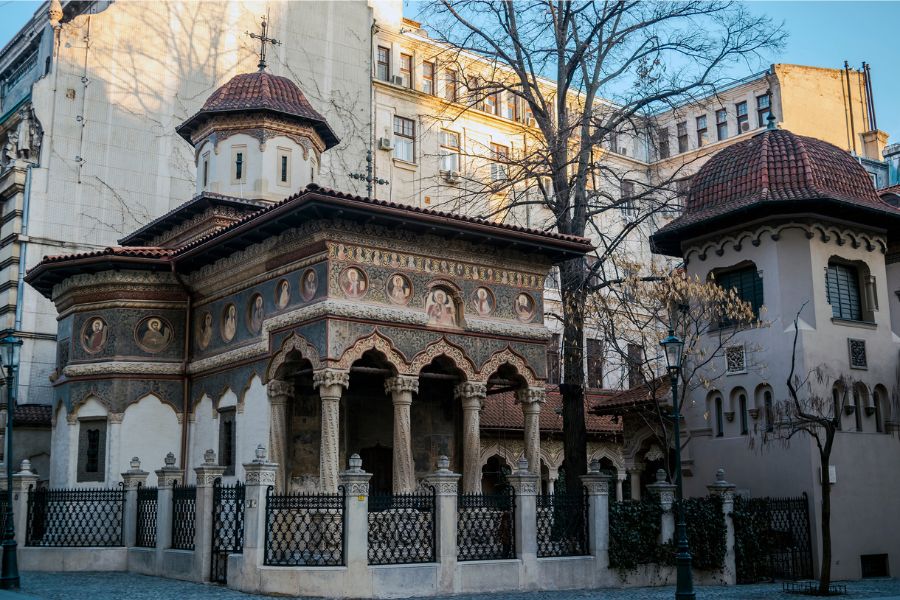
This 18th-century church may be tiny, but it boasts striking architecture that makes it stand out from the much bigger buildings around it. Tucked in a busy corner in Old Town, the Stavropoleos Church is the perfect example of Romania’s Brâncovenesc style, blending Ottoman, Baroque, and late Renaissance elements.
The church is all that remains of an Eastern Orthodox monastery for nuns. Some of its most iconic features are its portico with stone columns engraved with intricate floral patterns, carved wooden doors, and walls painted with medallions of saints.
Inside the church are more frescos and an iconostasis with a prized collection of rare icons and religious books. It also has a small inner court with an assortment of tombstones, stone crosses, and remnants of other Bucharest churches that no longer exist.
11. Wander Around the Dimitrie Gusti National Village Museum
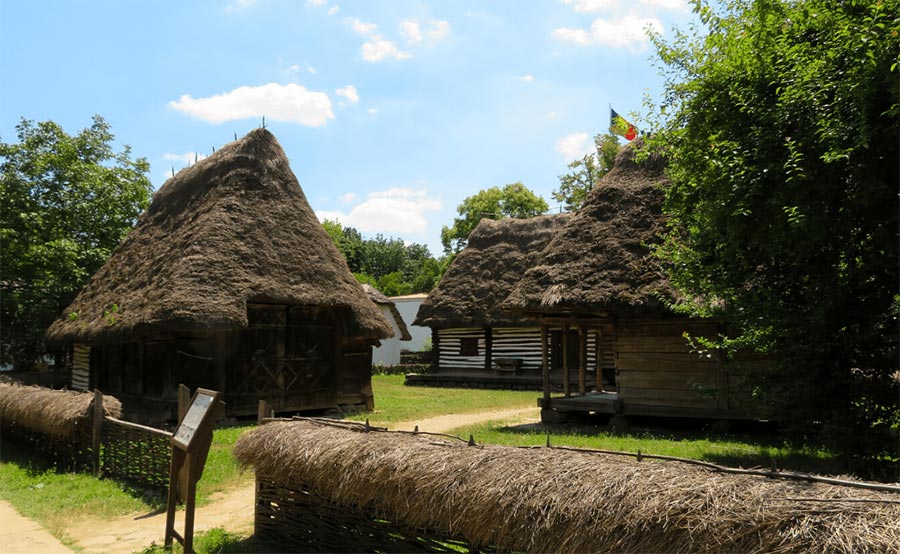
Set on the shores of Herăstrău Lake, this 100,000-meter open-air museum features over 340 buildings, including farms, churches, houses, a windmill, and a watermill gathered and transported from various parts of the country to recreate a traditional Romanian village.
Founded by sociologist Dimitrie Gusti in 1936, the National Village Museum represents different regions, periods, architecture, and cultures, from Transylvania to Moldova to the Danube Delta. The oldest house in the exhibit dates back to the 17th century, while the most recent is from the 19th century. It also has 50,000 ordinary objects typically found in rural villages.
The museum has an inn called La Bariera, where you can sample classic Romanian cuisine and wine. If you drop by during summer, you can join a cooking class and witness people wearing traditional clothes.


